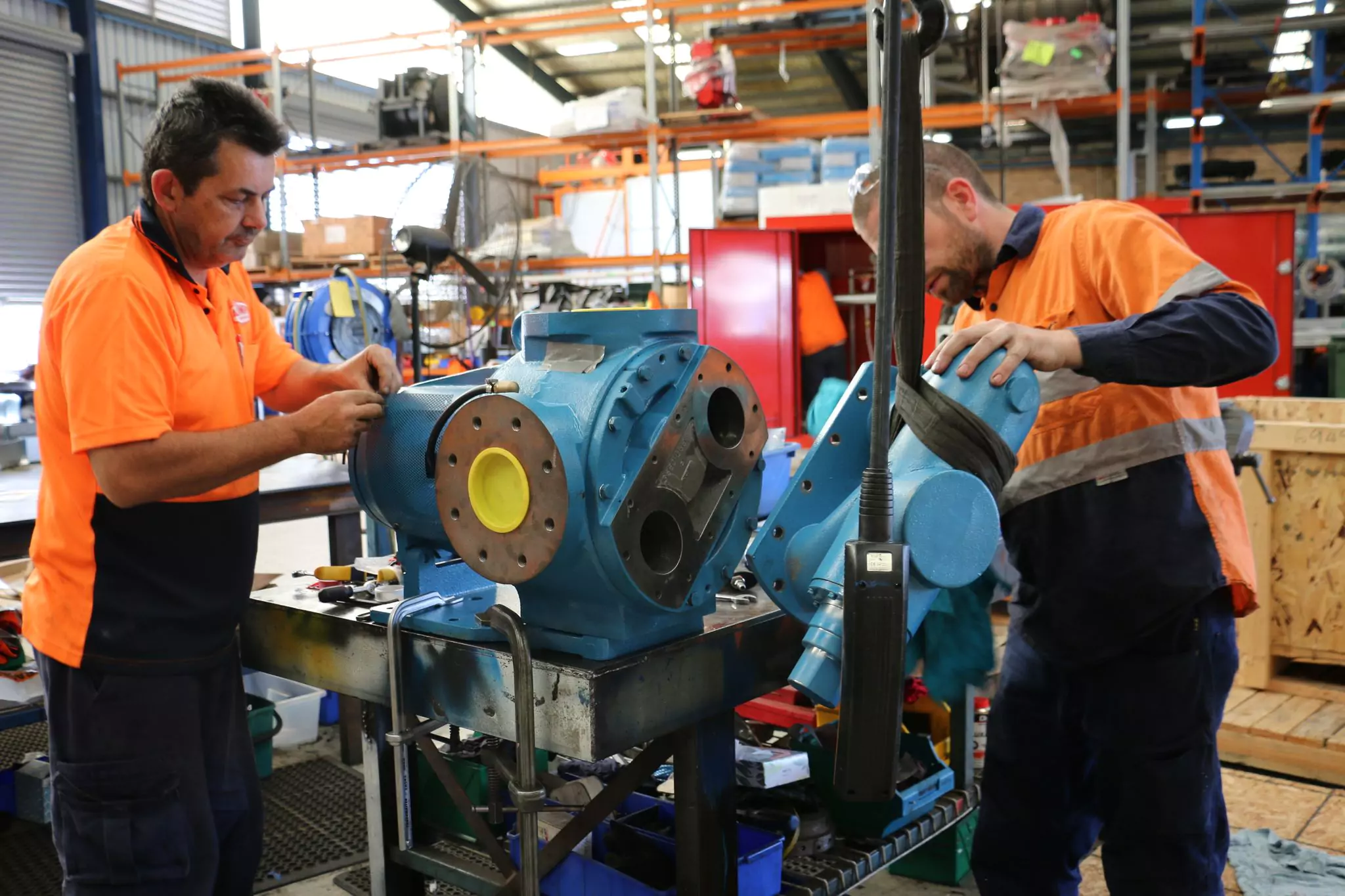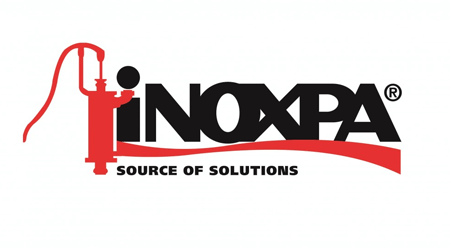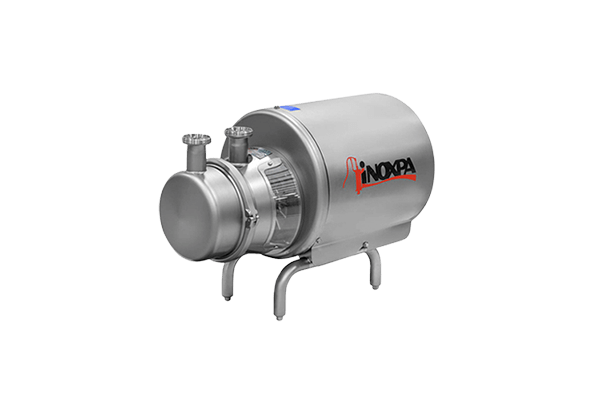We’d love to hear from you.
Please fill out the quick form below with as much detail as possible, and one of our experts will be in touch.

You’ll enjoy the All-Pumps experience. We’re certain.
Maintenance Capabilities
Maintenance Capabilities
Resources

